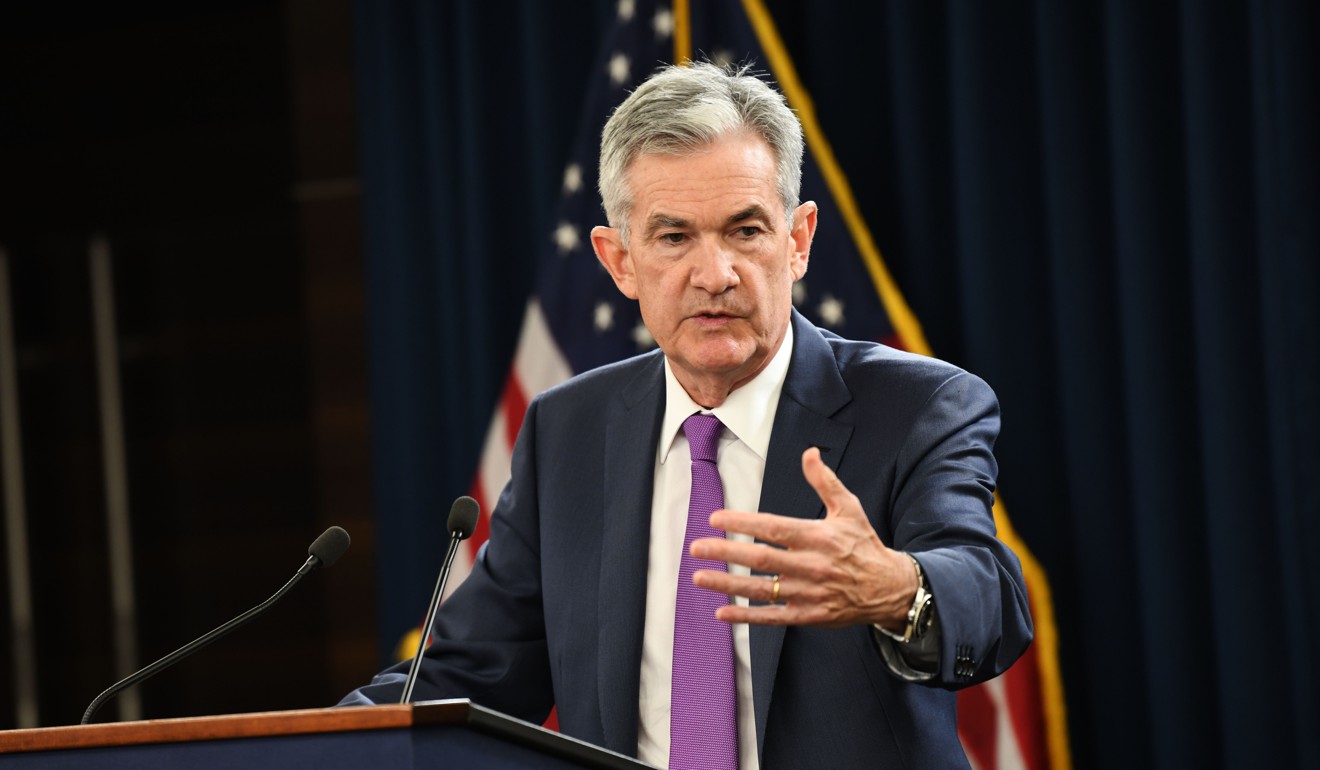
Why a rising US Treasury yield and a hawkish Fed do not mean a bond bear market is around the corner
Nicholas Spiro says the recent bond sell-off seems to have been fuelled mainly by expectations of a more aggressive Fed, but without a sharper and sustained increase in inflation, a bear market is unlikely to materialise
The turmoil has rippled through global markets, wiping off more than US$900 billion from the Bloomberg Barclays Multiverse Index, a leading gauge of bonds in advanced and developing economies, last week, the sharpest fall since the aftermath of the US presidential election in November 2016, according to data from Bloomberg. What is more, stock markets have come under renewed strain, with emerging market equities giving up all their recent gains.

Yet there is a world of difference between a sudden spike in bond yields and a full-blown bear market caused by unanchored inflation expectations that require aggressive rate hikes.
The strongest indication that investors do not expect a bear market in bonds lies in market gauges of inflation
There is no evidence for the time being that the Fed has fallen behind the curve, nor are there signs that investors are positioning themselves for a “bond-pocalypse”.
If markets were anticipating sharply higher rates, the dollar would have risen much more than it has over the past few weeks. Instead, the dollar index – a gauge of the greenback’s performance against a basket of other currencies – is down 1.2 per cent from its 2018 high, set on August 14.
Corporate bonds would have also suffered if investors were fretting about the adverse impact of a jump in yields on growth and earnings. Yet as data from JPMorgan reveals, spreads, or the risk premium, on both US investment-grade and high-yield debt barely budged last week.
However, the strongest indication that investors do not expect a bear market in bonds lies in market gauges of inflation. The so-called 10-year “break-even” rate – market-derived inflation expectations based on a comparison of yields on normal US bonds with those on inflation-protected debt – has remained stable since early February at just over 2 per cent, in line with the Fed’s inflation target. This suggests that expectations of a more aggressive Fed, rather than fears of an outbreak of inflation, have been the main factor behind the bond sell-off.

Without a much sharper and sustained increase in inflation, it is unlikely that the dreaded bear market will materialise. Indeed, with the global stock of negative-yielding bonds still amounting to US$5.8 trillion, according to Bloomberg – all of it European and Japanese debt, as ultra-loose monetary policies in both regions have yet to run their course – the forces that continue to keep yields at historically low levels should not be underestimated.
Still, there is a risk that inflation will pick up at a faster pace than both the Fed and the markets currently anticipate.
The most important determinant of sentiment in bond markets right now is US wage growth, which has been tepid since the financial crisis. In a report published this week, the Institute for International Finance noted that average hourly earnings in America grew 3.4 per cent in the third quarter, on a quarter-on-quarter basis, and are set to rise further. “Waiting for higher [US] wage inflation has been like watching paint dry. That is about to change,” the institute warns.
Yet, if one takes inflation into account, American wages barely grew in August. The bond bears may be more confident, but they cannot declare victory just yet.
Nicholas Spiro is a partner at Lauressa Advisory

